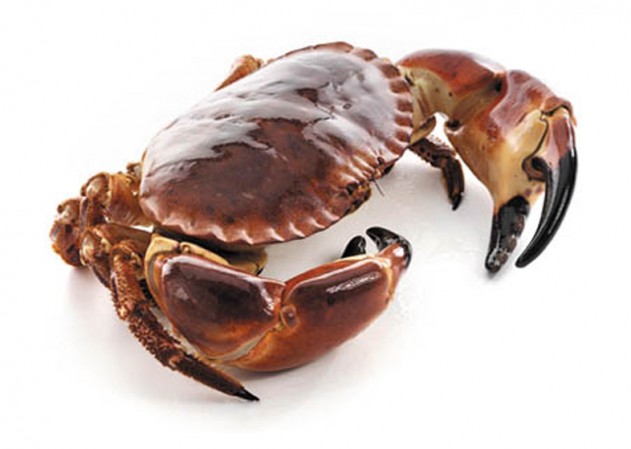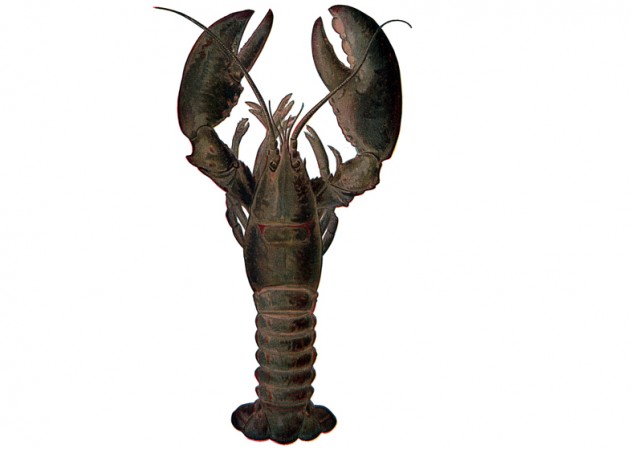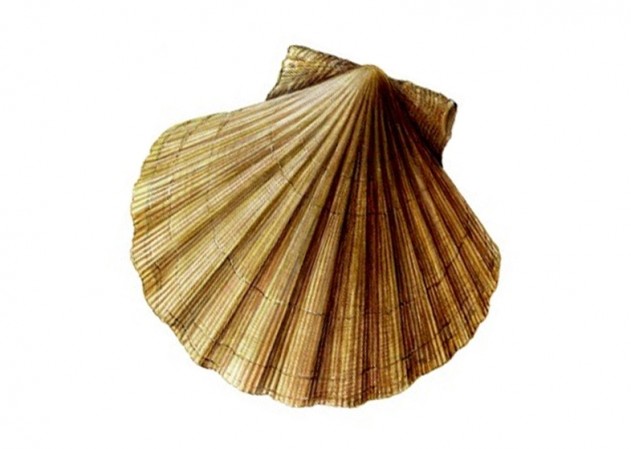Irish Shellfish
-

Spider Crab
Biology The spider crab is the largest crab found in Irish waters, with a carapace width of up to 20cm and a leg span of 50cm or more. Spider crabs inhabit coarse sand mixed grounds and open bedrock from the shallow sublittoral zone to a depth of 120m, although highest densities occur between 0 and 70m. Large migrations of spider crabs occur during the early spring when they move into shallower water to spawn. Female crabs become berried (egg-bearing) from April...Read more -

Brown Crab
Biology The brown crab is the heaviest Irish crab and easily identified by a characteristic 'pie-crust' edge to the carapace. They are found in waters down to 100m. Brown crabs are highly fecund and spawn mainly in the winter months. They can grow up to about 25cm carapace width, with the larger specimens inhabiting deeper water. The crab is encased in a hard, rigid shell, which, like other crustaceans, has to be shed at intervals to permit growth. Moulting takes place...Read more -

Lobster in Ireland
Lobsters are invertebrates, and have a tough exoskeleton, which protects them. Like most arthropods, lobsters must molt in order to grow, leaving them vulnerable during this time. During the molting process, several species may experience a change in color. Lobsters live on rocky, sandy, or muddy bottoms from the shoreline to beyond the edge of the continental shelf. They generally live singly in crevices or in burrows under rocks. Lobsters typically eat live food, consisting of fish, mollusks, other crustaceans, worms, and...Read more -

King Scallops in Ireland
King scallops (scientific name: Pecten maximus) Scallops are mainly found at depths of 18-46 m, preferring substrates of clean firm sand, fine gravel or sandy gravel. King scallops recess into the sediment to a level with the upper shell; sometimes they are partially covered. Like other bivalve molluscs, scallops are filter feeders removing natural phytoplankton (microscopic algae or plant cells) and organic particles from sea water as it passes over the gills. The gills have the dual function of respiration and...Read more
